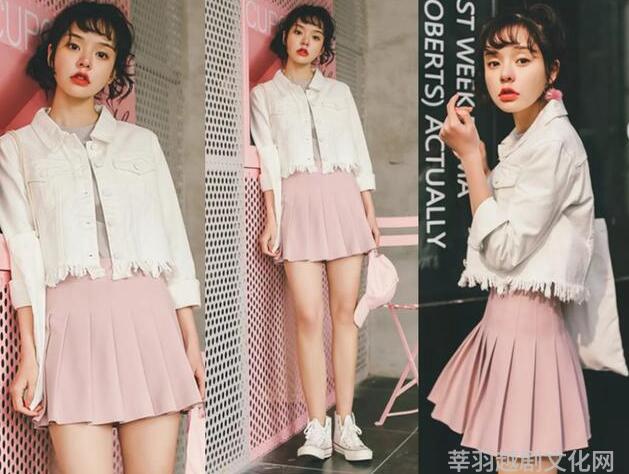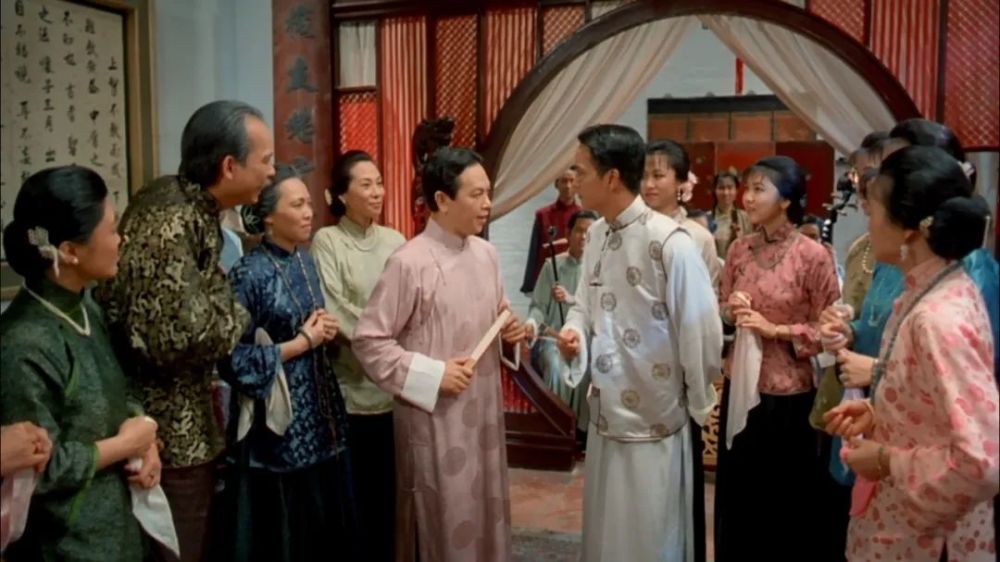Unveiling the Timeless Charm of Zhejiang Opera: A Comprehensive Guide to the Traditional Chinese Art Form

Zhejiang Opera, also known as Yueju or Shaoxing Opera, is a traditional Chinese art form that originated in Zhejiang Province. With a history dating back over 200 years, this unique and captivating performance art has evolved into an integral part of China’s rich cultural heritage. In this article, we will delve into the intricacies of Zhejiang Opera and explore its various aspects.
Origins and Evolution
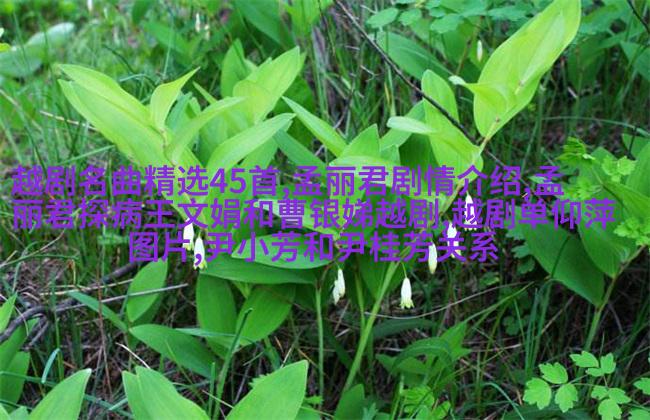
The roots of Zhejiang Opera can be traced back to the early 19th century when local theater troupes began performing in rural areas around Hangzhou Lake. Initially influenced by Peking Opera and other regional opera forms, it gradually developed its own distinct characteristics under the guidance of renowned artists such as Shen Jiafen (1819-1880) and Li Wende (1823-1900). Over time, it became more popular throughout China with adaptations in different regions contributing to its growth.
Unique Features
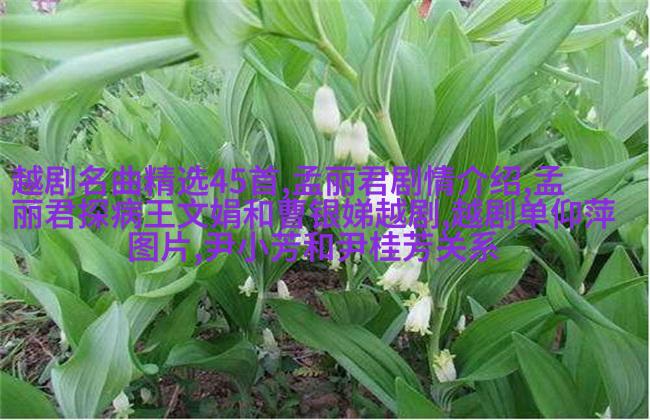
One of the defining features of Zhejiang Opera is its use of singing voices which are characterized by their melodious tones and clear pronunciation. Unlike Peking Opera which focuses on acrobatics and martial arts skills, Yueju places greater emphasis on vocal expression allowing for a more emotional connection between performers and audience members.
Another distinctive aspect is its costume design which reflects both historical accuracy and artistic flair showcasing intricate details that mirror social status within ancient society.
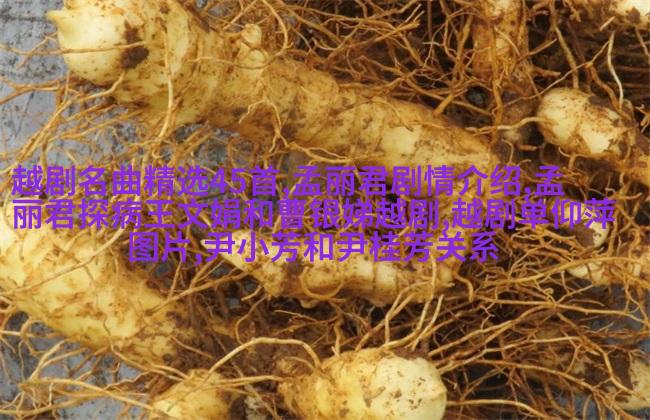
Performance Styles
There are two main performance styles associated with Zhejiang opera: Ping (neutral), Jing (martial), Chou (clown), Shen (fairy or demon), Dan (female roles) categories mirroring those found in Peking opera but with some differences due to regional influences.
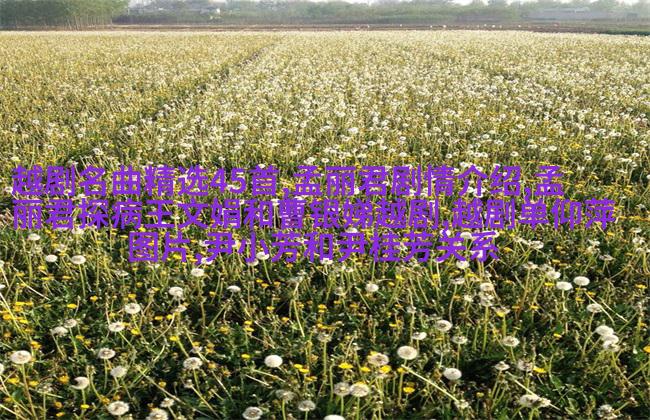
In addition to these classical roles there exist newer character types like ‘Hong’ who represent modern-day women embodying contemporary values while still maintaining traditional elements within their performances.
Themes & Stories
Zhejiang operas often revolve around themes drawn from Chinese folklore legends such as romantic tales about beautiful maidens seeking true love or tragic stories involving loyalty between friends & family members set against dramatic backgrounds filled with conflict & sacrifice.
Performances typically involve elaborate stage settings incorporating props like fans used not only for decoration but also serve as tools for storytelling through movement & gestures enhancing overall visual impact during shows.
Notable Performers & Composers
Many notable figures have contributed significantly towards developing this traditional art form including famous actresses Ma Lianliang who was known for her powerful voice range spanning several octaves; Zhang Chunsheng whose innovative staging techniques revolutionized theatrical experiences; composer Guan Dechen creating original scores blending folk melodies with modern harmonies adding depth & richness to each production’s music score.
These pioneers played crucial roles shaping Yueju’s evolution paving way for future generations ensuring continuity amidst ever-changing times
6 Conclusion:
In conclusion, understanding the essence behind “Yueju” requires appreciation not just solely based on aesthetics but encompasses multiple dimensions encompassing history cultural context social dynamics aesthetic appeal technical skillfulness emotional resonance among others It truly represents an enchanting symphony blending tradition innovation creativity passion dedicated hard work resulting into timeless masterpiece cherished across ages



